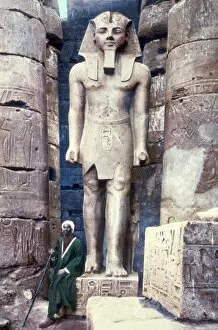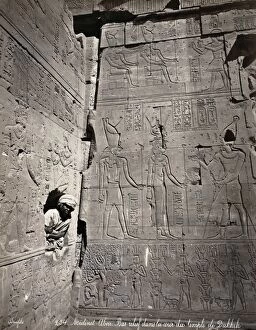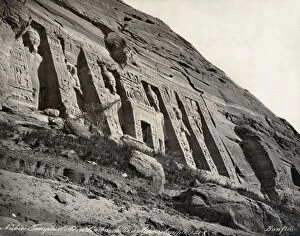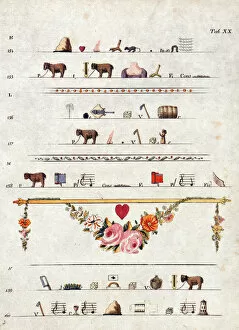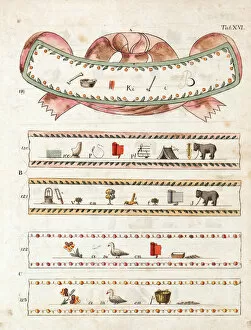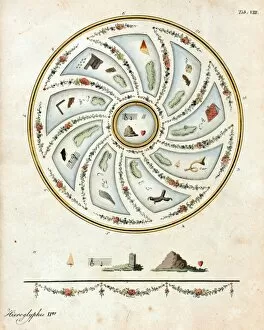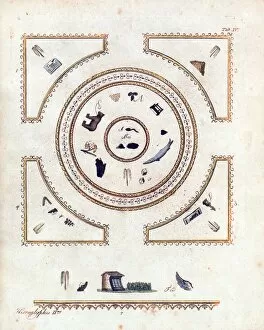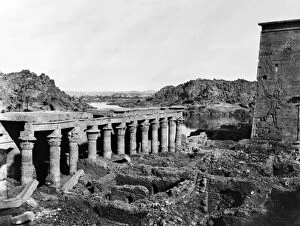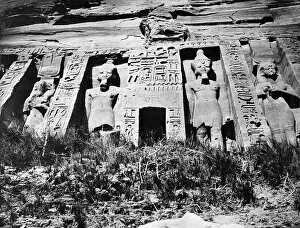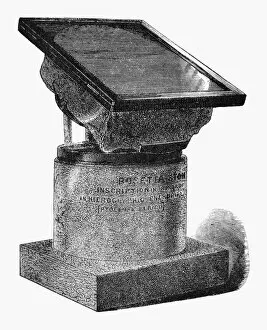Heiroglyphic Collection
"Unlocking the Secrets of Hieroglyphics: From Ancient Temples to Romantic Valentines" Step back in time as we explore the fascinating world of hieroglyphics
All Professionally Made to Order for Quick Shipping
"Unlocking the Secrets of Hieroglyphics: From Ancient Temples to Romantic Valentines" Step back in time as we explore the fascinating world of hieroglyphics. In a captivating black and white photo, columns in the Temple of Hathor transport us to ancient Egypt, where these intricate symbols adorned sacred structures. But hieroglyphics didn't just belong to temples; they found their way into unexpected places too. Napoleonic cut-out designs featured Valentine-themed hieroglyphs, showcasing how this ancient script even influenced romantic gestures. Delicate love knots intricately carved with heiroglyphic patterns served as decorative elements during the Napoleonic era, reminding us that love has always been a universal language. Moving from romance to reverence, an awe-inspiring statue of Pharaoh Ramesses II at Luxor Temple reminds us of the power and grandeur associated with Egyptian royalty. The young man peering through a hole covered in wall inscriptions at Medinet Habu transports us further into this mystical world. Abu Simbel Temple unveils its secrets through its small temple dedicated to goddesses and colossal statues depicting Pharaoh Ramesses II and Queen Nefertari. These monumental carvings showcase not only artistic mastery but also serve as historical records etched in stone. The mummy of Amenhotep II takes us deep into history's embrace, revealing the preserved remains of an 18th Dynasty Egyptian King who once ruled over these lands. Bas-reliefs and hieroglyphics adorning walls at Abydos offer glimpses into religious rituals and stories passed down through generations. Each symbol tells a tale waiting patiently for decipherment by modern-day scholars. Finally, on Philae Island, ruins stand testament to the once majestic Temple of Isis. Amongst fallen columns lies evidence of communication between mortals and gods etched onto stone surfaces - messages meant for eternity.



